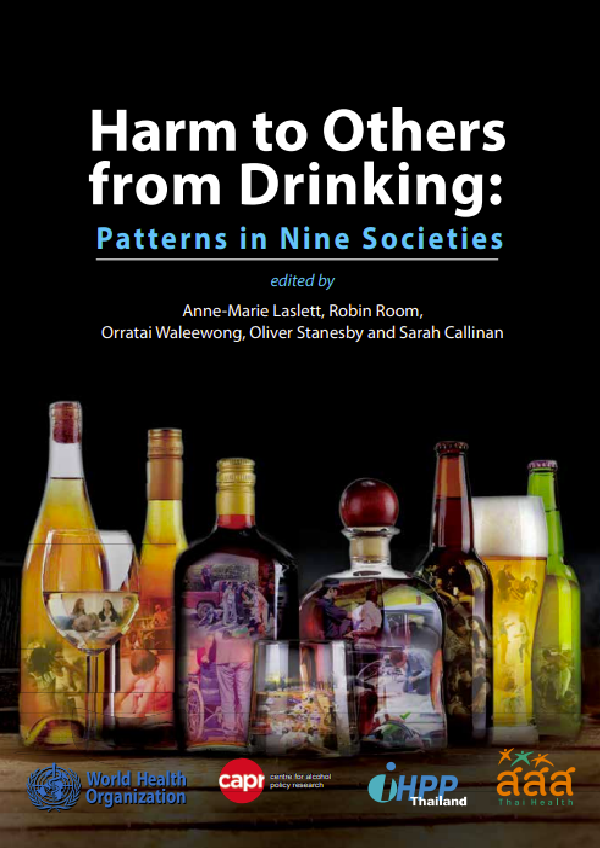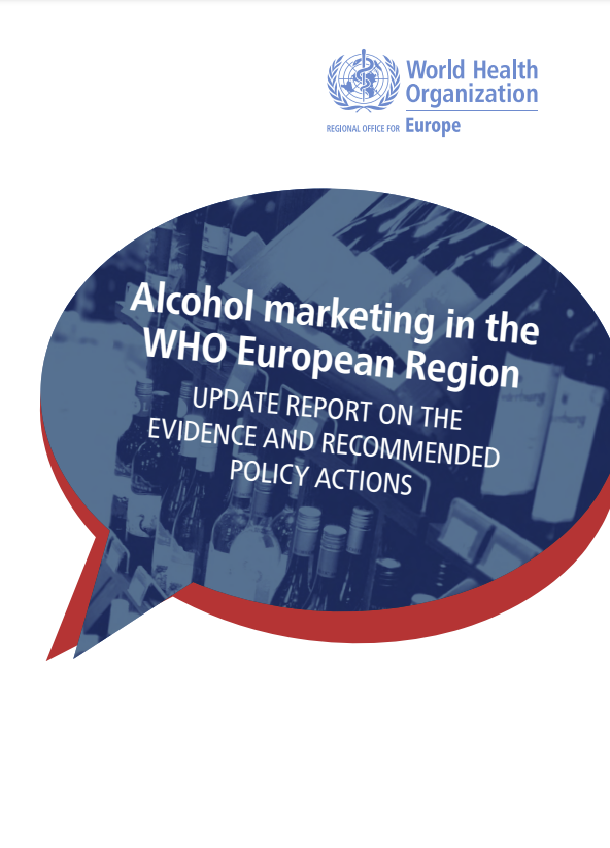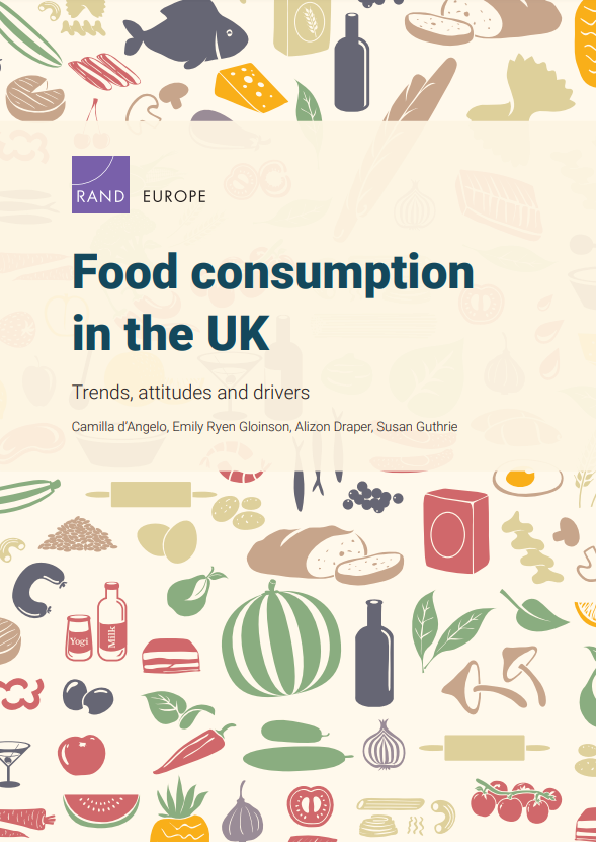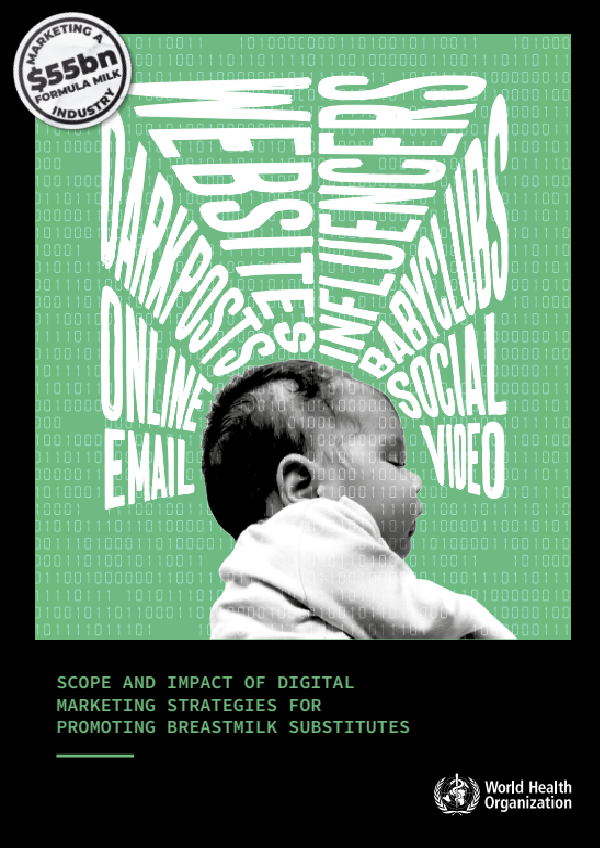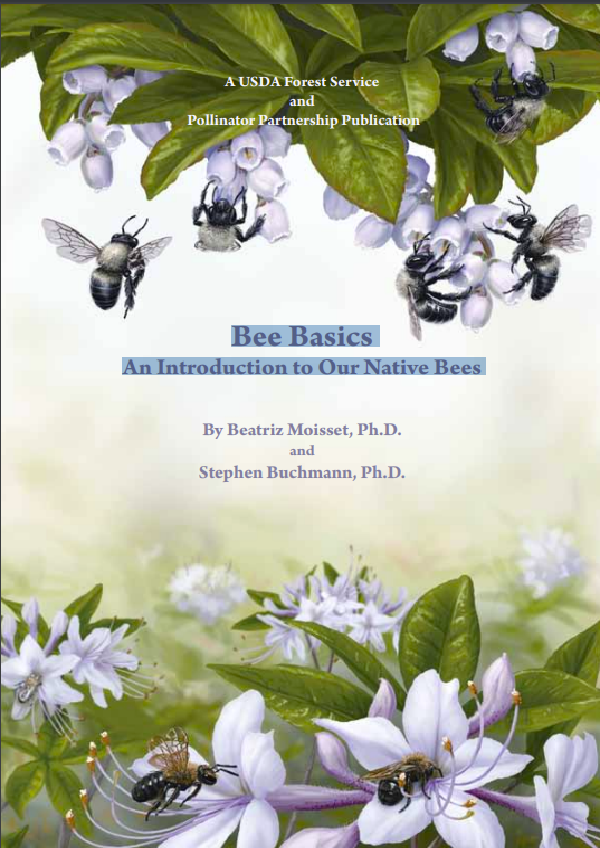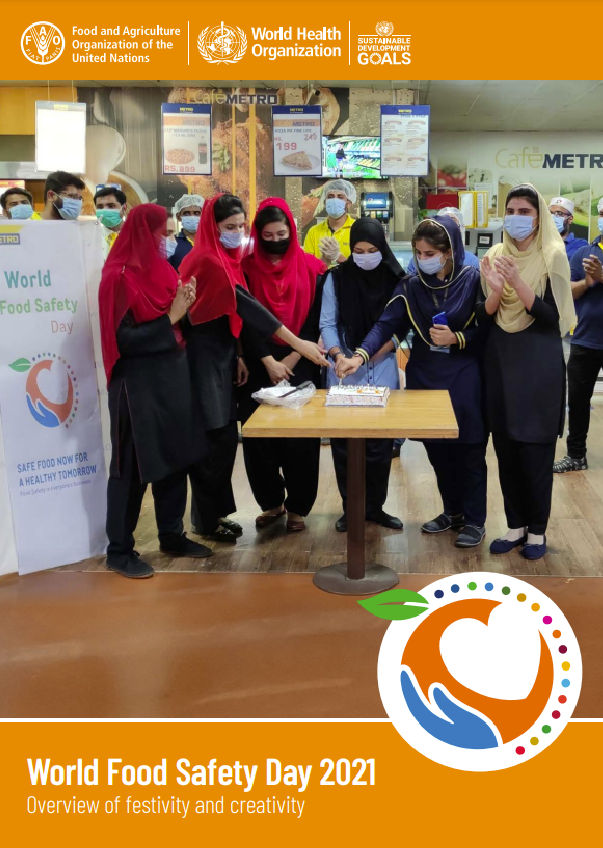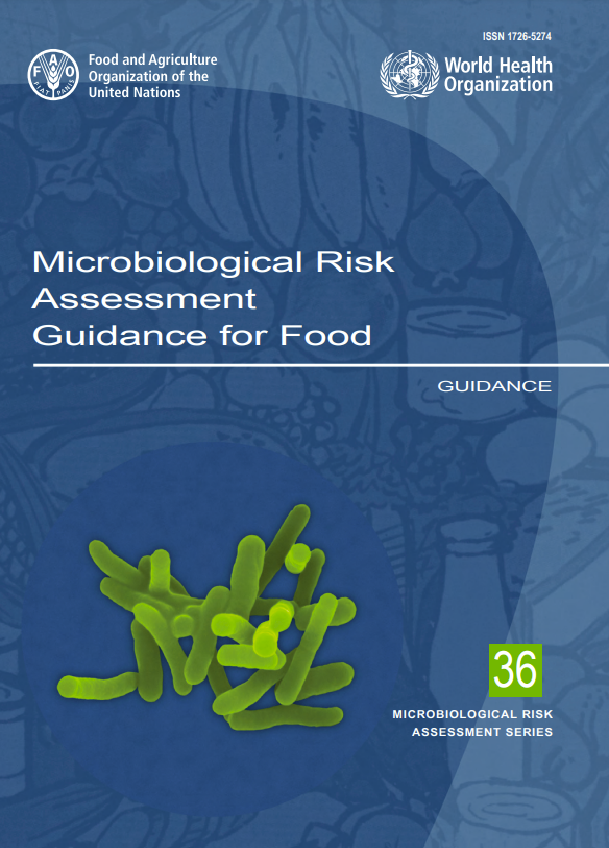The adverse consequences of alcohol consumption include the negative consequences of drinking on individuals other than the drinkers themselves, including both health and social problems. Alcohol’s harm to others (HTO) is an interactional occurrence at the level of individuals and their relationships and is determined from the perspective of those affected by the drinker rather than from the perspective of the drinker or the society. The major social relationships to drinkers involve four main sets of roles: family, friend, co-worker and stranger.
In 2011, WHO, the Thailand Health Promotion Foundation (ThaiHealth) and the Centre for Alcohol Policy Research (CAPR) agreed to collaborate in conducting and supporting an International research project on harm to others in LMICs, under the Memorandum of Understanding between WHO and ThaiHealth on Health Promotion (MOU).
This book draws together the results of national surveys in Thailand, Chile, India, Lao People’s Democratic Republic, Nigeria, Sri Lanka, Vietnam from the project, as well as Australia and New Zealand. It describes and compares harms from others’ drinking cross-nationally and focuses on different aspects of alcohol’s harm to others in each country, for instance, the effects of coworkers’ drinking in Lao People’s Democratic Republic and harms to children from adults’ drinking in Vietnam.
Alcohol’s harm to others: a broad landscape, with many viewpoints
The perception and attribution of problems related to alcohol consumption are sensitive to cultural contexts and change over time. Sometimes drinking may be related to an event (for example, a cart overturning in a ditch) that is not even recognized as caused by alcohol consumption (Levine 1983). With the growth of temperance movements in many societies in the latter part of the nineteenth century, considerable and increased attention was given to the adverse effects of heavy drinking on family life, and particularly the impact of men’s heavy drinking on women and children. With the twentieth-century reaction against such ideas in “temperance cultures” – societies with a strong temperance movement (Levine 1993) – the focus in thinking about alcoholrelated problems narrowed to harms to the body, mind and life course of the drinker, with little attention paid to harms caused to others because of, or worsened by, drinking.
In recent years, attention to alcohol’s harm to others has been rising. In the 1960s and 1970s the harms from drinking and driving not only to the drink-driver but also to others involved in traffic crashes came to the fore. In the 1980s and 1990s there was a new focus on the potential adverse effects on the fetus of mother’s drinking during pregnancy. But these issues tended to be dealt with in separate literatures and by remedial policies and programs.
The increased attention to harms from others’ drinking has been manifested in statements and activities of the World Health Organization (WHO). “All people have the right to a family, community and working life protected from accidents, violence and other negative consequences of alcohol consumption” (World Health Organization 1996). This is the first ethical principle in the 1995 European Charter on Alcohol, arising from the WHO European Conference on Health, Society and Alcohol in Paris, France in that year. The European Charter signalled a shift towards a more comprehensive focus on harm to others and the obligation that governments have to protect their citizens in this regard. This perspective was further strengthened in the 2005 Framework for Alcohol Policy in the WHO European Region. Its guiding principles state that: “Each Member State has not only the right but also the obligation to provide a high level of protection to its citizens from alcoholrelated harm, particularly with regard to harm from others’ drinking and harm to vulnerable groups such as children” (World Health Organization 2006). This perspective was further strengthened in one of the guiding principles to the 2010 WHO Global Strategy to Reduce the Harmful Use of Alcohol (World Health Organization 2010), which states that protection of those exposed to the effects of harmful drinking by others should be an integral part of policies addressing the harmful use of alcohol.
What is new in the WHO programme, and in parallel developments in the last few years at national levels and in the international research literature, is thus the broader perspective involved in efforts to look across the whole spectrum of harms. The term “alcohol’s harm to others”, and cognate terms such as “negative externalities”, “collateral damage”, and the “second-hand effects” of drinking (Babor 2011; Giesbrecht et al. 2010) are signals of this broader perspective.
“Alcohol’s harm to others” thus has a broad scope. The harms may be to family members or to others with a regular relationship to the drinker – friends, workmates, neighbours – or they may be to individuals unknown to the drinker, as in many drink-driving crashes. The harms may also be collective rather than to specific individuals or within particular networks. Australian city planners use the term “amenity” to refer to the features of the physical and social environment at a neighbourhood level that can make a locality attractive, or otherwise. Amenity includes such factors as noise levels, nuisance and litter, which are often related to concentrations of drinking places or street drinking (Weston & Milner 2015).
